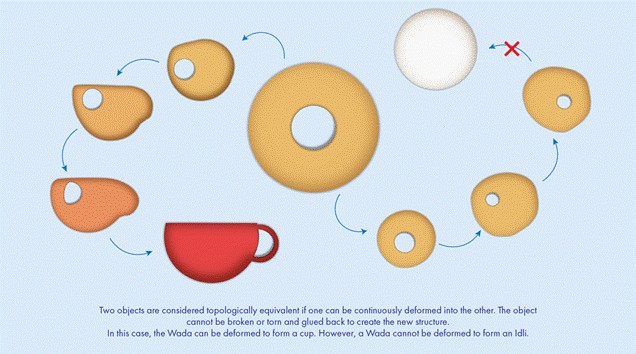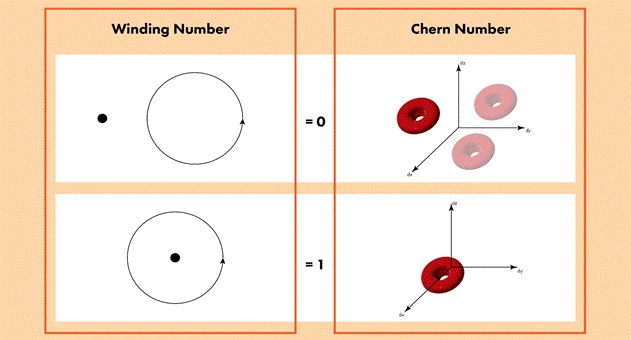In a breakthrough that could boost research in next-generation technologies, scientists at the Raman Research Institute (RRI), Bengaluru, have developed a novel method to detect hidden quantum properties in exotic materials using a concept known as the spectral function.
Topological materials, such as topological insulators and superconductors, are known for their unusual electronic behaviour. These materials are considered crucial for advancing quantum computing, fault-tolerant electronics, and energy-efficient systems. However, identifying their topological properties has remained a challenge.
Topological invariance is a concept from mathematics where certain properties of a structure remain unchanged under continuous deformations. A widely used analogy is that of a donut (wada) and a coffee cup—both having one hole—making them topologically equivalent. In contrast, a donut and an idli are not, as they differ in the number of holes. Such distinctions, when applied at the quantum level, help scientists understand the internal structure of materials.
These hidden topological features are quantified by invariants such as winding numbers in one-dimensional systems and Chern numbers in two-dimensional systems. These values influence how particles like electrons move through a material and are central to understanding its physical properties.
The research team, led by Professor Dibyendu Roy and PhD scholar Kiran Babasaheb Estake at RRI—an autonomous institute under the Department of Science and Technology—has now demonstrated that the spectral function, a tool previously used to measure electron behaviour, can also indicate the topological nature of materials.
The study focused on analyzing the momentum-space spectral function (SPSF), often referred to as a “quantum fingerprint.” Their findings, published in the journal Physical Review B, suggest that this function contains distinct signatures related to the material’s topology.
Traditionally, scientists relied on techniques such as Angle-Resolved Photoemission Spectroscopy (ARPES) to study the density of states and dispersion relations in materials. The current study shows that the spectral function itself can provide deeper insights into topological characteristics, potentially offering a more accessible method for researchers.
“The spectral function has been used for many years as an experimental tool to probe physical properties like density of states. But it was not viewed as a method for investigating the topological aspects of electronic systems,” said Kiran Babasaheb Estake, the lead author of the study. “We have now shown through multiple examples that it indeed carries signatures of topology.”















